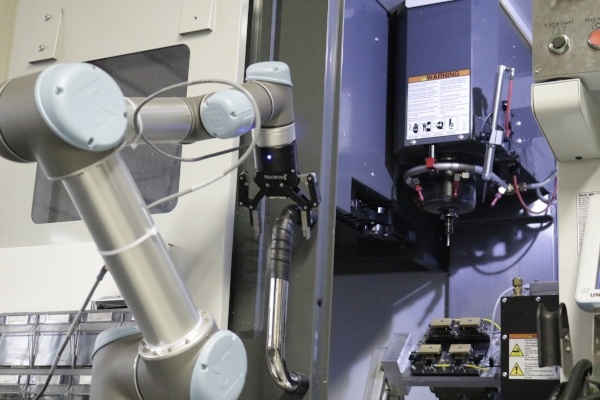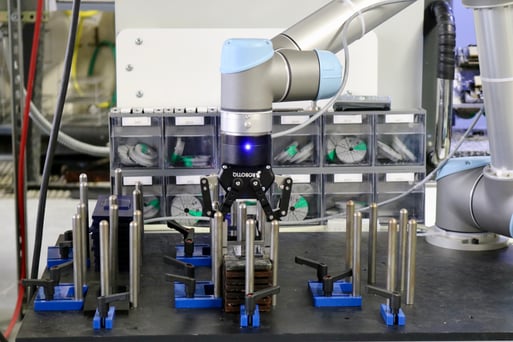5 Ways Robots Perform Mundane Tasks Better Than Humans

Today’s robots aren’t being designed to take jobs from their human counterparts. Instead, they are being developed with a focus on taking over mundane tasks that humans shouldn’t be doing. These types of tasks, while important, can be better handled by a robot than a person, thus freeing the person up to do more important things.

5 Ways Robots Perform Mundane Tasks Better (With Examples)
1. Repetition
Humans grow tired of repetition after a certain amount of time. Our efficiency and productivity begins to wane as time goes on. Worse, long term repetition can lead to injuries like carpal tunnel that can permanently take a person out of work. Robots do not suffer from issues like this. They are able to repeatedly perform tasks without drops in productivity.
A perfect example of this discipline at work, are the robots used by Amazon in their shipping warehouses. During intense holiday months, these robots work non-stop to move shelves over to workers so they can scan them.
With these robots in place, workers cans scan up to 300 items per hour and save 20 miles of walking each day. This is compared to 100 items they normally could scan without their robotic helpers.
2. Precision
Robots are more precise than humans by their very nature. Without human error, they can more efficiently perform tasks at a consistent level of accuracy. Delicate tasks like filling prescriptions or choosing the proper dosages are something robots are already doing.
At the University of California, San Francisco, a robotic pharmacist is filling and dispensing prescriptions better than most humans. In over 350,000 doses, not one error was found. The robot was also able to better judge whether medications would interact with each other in specific patients.
3. Immunity to Hazards
Robots can be repaired, but people cannot when serious injuries occur. That’s why it’s important that robots take over tasks like manufacturing automobiles, welding, screwdriving, and sanding or polishing that can all be hazardous to humans.
This is also why we see robots being used in dangerous tasks like bomb defusal. Not only can they take over mundane or hazardous tasks, but they can also save lives.
4. Simple Interactions
While robots could never replace complex human interactions, they can take over for simple interactions like banking or bartending. For example, bank tellers often spend a lot of time performing simple tasks for people and could easily spend their time doing more important banking tasks.
Automating tasks like withdraws, deposits, and other simple things can free up tellers to do more important things. Today’s ATMs are already doing things like this, but as technology grows, they are able to take on more tasks than ever before.
5. Intense Labor
Things like surveying and harvesting can be exhausting for humans to complete, but robots can perform these tasks without ever calling in sick. Robots like Wall-Ye are already being used to perform farming tasks. The Wall-Ye V.I.N robots explores vineyards in France and prunes over 600 vines each day.
While doing this, the robot can also collect data on the soil, fruit, and vines themselves to ensure they are all in good health. We all love wine, but who wants to pick grapes for endless hours each day in the sun? For some, it sounds nice, but they wouldn’t be able to do it every single day.
Final Thoughts
Robots are capable of handling tasks that most humans don’t want to deal with or can’t because of hazardous conditions. What tasks have robots automated for you and your business? Let us know in the comments!







Leave a comment